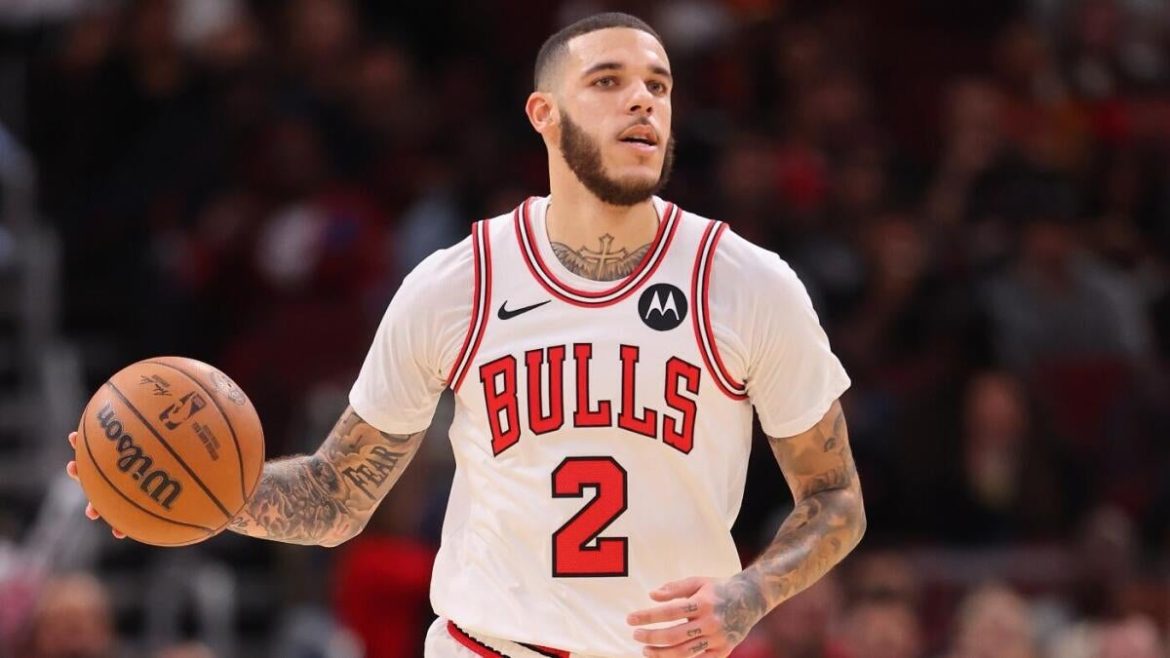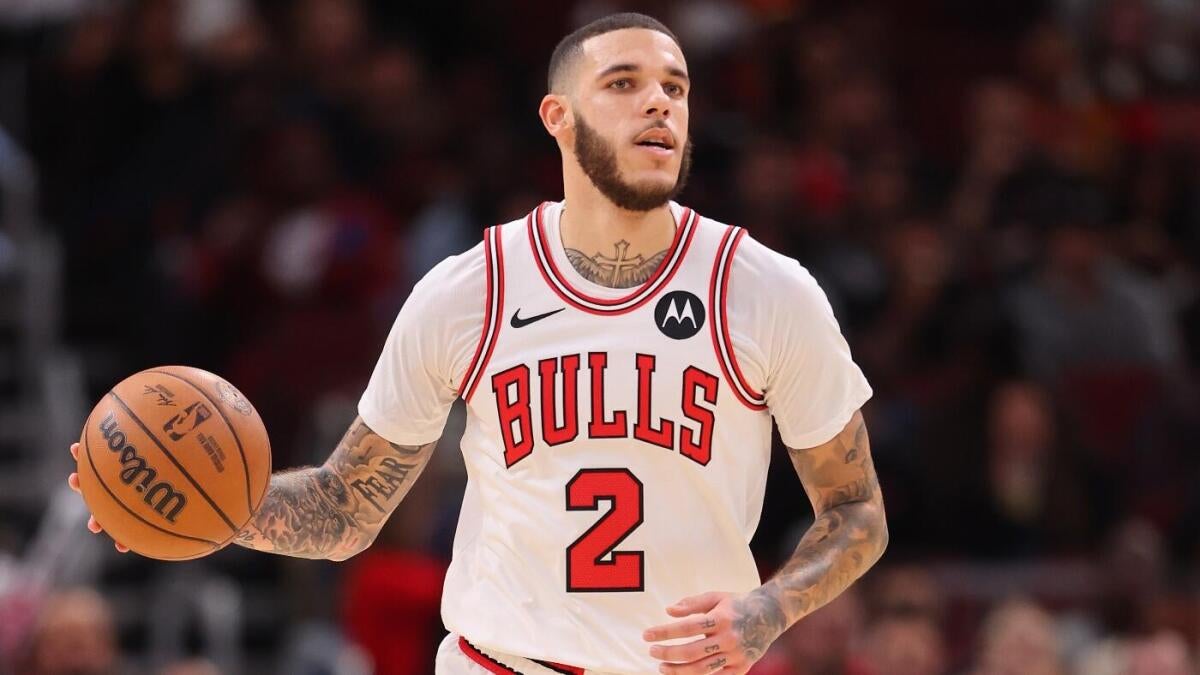The 2025 NBA offseason trade between the Chicago Bulls and the Cleveland Cavaliers, which saw veteran guard Lonzo Ball swapped for wing Isaac Okoro, may not have involved superstar names, but it carries significant implications for both franchises. This transaction reflects the contrasting priorities of a team in the midst of a rebuild and another aiming to capitalize on a competitive window. To fully grasp the nuances of this deal, it is essential to examine the motivations, player profiles, and strategic implications for both the Bulls and the Cavaliers.
Context and Motivations Behind the Trade
Chicago Bulls’ Perspective
Lonzo Ball’s tenure with the Chicago Bulls ended with this trade, marking a pivotal moment in the team’s ongoing rebuild. Ball, despite his undeniable talent, had become a somewhat problematic piece due to inconsistency and recurring health issues. During the recent season, he averaged modest stats—7.6 points, 3.4 rebounds, and 3.3 assists per game—with shooting splits of 36.6% from the field and 34.4% from beyond the arc. While these numbers may not seem alarming, they underscored Ball’s limitations as a primary offensive option. The Bulls, recognizing the need for a more flexible and youthful roster, decided to part ways with Ball in favor of Isaac Okoro, a younger wing defender with potential upside, particularly on defense.
The Bulls’ decision aligns with their strategic direction of shedding veterans and accumulating assets to facilitate a rebuild. Okoro, despite his shaky jump shot and recent downturn in production, represents a defensive anchor for the Bulls’ perimeter. His athleticism and defensive aptitude could prove invaluable as the Bulls focus on developing young talent. Additionally, the trade follows the Bulls’ recent moves to trade away other veterans like Zach LaVine, signaling a commitment to roster turnover and asset accumulation ahead of upcoming drafts and free agency.
Cleveland Cavaliers’ Perspective
For the Cleveland Cavaliers, the acquisition of Lonzo Ball is a tactical move aimed at strengthening their backcourt depth. The Cavaliers had just completed a remarkable 64-win season, and their core, led by All-Star Darius Garland, was in need of a proven veteran presence to contribute steady minutes off the bench and serve as a secondary playmaker. Ball’s versatility as a combo guard with size (around 6-foot-6) and playmaking skills makes him an ideal fit for Cleveland’s style of play. Despite his injury history, Ball has showcased resilience, finishing the 2024-25 season relatively healthy. His ability to distribute and defend multiple positions complements the Cavaliers’ championship aspirations.
The Cavaliers’ management views this deal as low risk with a chance for high reward—a veteran guard who can enhance their rotation without severely compromising cap space or draft assets. Ball’s contract, a two-year, $20 million deal with a team option, is manageable for Cleveland’s financial flexibility. This acquisition allows the Cavaliers to bolster their championship aspirations while maintaining the ability to make additional moves in the future.
Player Profiles and Comparative Analysis
Lonzo Ball
Lonzo Ball brings a unique skill set to the Cavaliers, including high basketball IQ, defensive versatility, and playmaking ability. His length allows him to be a disruptive force on defense, and his court vision enables him to initiate offense effectively. These strengths make him a valuable addition to a championship-contending roster like the Cavaliers. However, Ball’s injury-prone history and inconsistent shooting, particularly from three, raise concerns about his long-term impact. Despite these issues, his leadership qualities and experience could prove invaluable for a young Cavaliers team.
Isaac Okoro
Isaac Okoro, on the other hand, offers the Bulls a younger, athletic wing with defensive potential. His athleticism and defensive aptitude could anchor Chicago’s perimeter defense as they focus on cultivating young talent. However, Okoro’s offensive limitations and inconsistent jump shooting have hindered his development. His recent decline in productivity raises questions about his upside compared to Ball’s established floor. Despite these concerns, Okoro’s youth and potential make him an intriguing piece for the Bulls’ rebuild.
Trade Grades: Evaluating the Winners and Losers
Cleveland Cavaliers: Ace Deal
The Cavaliers receive a veteran guard who addresses their immediate needs. Ball’s length and playmaking complement Garland and others, providing depth that could push Cleveland deeper into playoff contention. Given the team’s competitive window and Ball’s affordable contract, the Cavaliers’ risk seems calculated and justified. Additionally, Ball’s presence adds flexibility in rotations and allows for more varied offensive sets. His ability to play at multiple guard positions and defend multiple areas on the court should enhance Cleveland’s adaptability.
Grade: A-
Chicago Bulls: Questionable Swap
The Bulls gain a younger, defensive wing in Okoro but lose a facilitative guard in Ball who, despite limitations, brought versatility to the floor. Okoro’s offensive struggles and recent slide in effectiveness raise questions about the upside of this trade compared to the established floor Ball provides. From a rebuilding standpoint, this move is understandable but marks a questionable swap in terms of immediate value. The Bulls appear to prioritize youth and defense, perhaps gambling on Okoro recapturing or exceeding his earlier trajectory.
Grade: C
Strategic Implications for Both Teams
Bulls’ Rebuilding Trajectory
Chicago continues to shed veterans from prior competitive windows, focusing on developing young, athletic players with defensive potential. Okoro’s acquisition fits this mold and allows the Bulls to maintain roster flexibility. The trade also frees cap space for future maneuvers or talent acquisition. However, the Bulls must address offensive consistency and floor spacing in the longer term. Okoro’s offensive ceiling is uncertain, and the team may need to lean heavily on future drafts or free agency to complement their developing core.
Cavaliers’ Push for a Title
For Cleveland, the acquisition signals a win-now mentality intended to capitalize on their strong recent season. Adding Ball enhances guard depth and provides insurance behind Garland. This trade fits well with Cleveland’s aim to blend youthful energy with experienced role players. Should Ball stay healthy and regain his best form, the Cavaliers could surge as a tougher contender in the Eastern Conference, possibly breaking through earlier playoff frustrations.
Conclusion: A Tale of Two Team Needs
The Lonzo Ball for Isaac Okoro trade underscores how each NBA team balances immediate competitiveness with long-term planning. Cleveland’s acquisition represents a savvy win-now move, adding a versatile guard to boost a promising roster. Meanwhile, Chicago’s decision to accept defensive potential over veteran leadership is a classic rebuilding gamble. In the grand scheme, the Cavaliers emerge as the beneficiaries, adding a veteran piece likely to improve their playoff prospects. The Bulls take on risk by betting on Okoro’s growth to help anchor their perimeter defense and form a foundation for future success. Both teams reflect distinct philosophies in roster management—Cleveland trying to maximize a championship window, and Chicago scheming toward an eventual turnaround. Ultimately, this trade will be judged in the coming seasons by how well each player fits their new environment and by the trajectories of the Bulls’ rebuild and Cavaliers’ contention window. For now, Cleveland gets the nod for acing the deal, while the Bulls’ swap remains a questionable but understandable move in their organizational rebuild.





